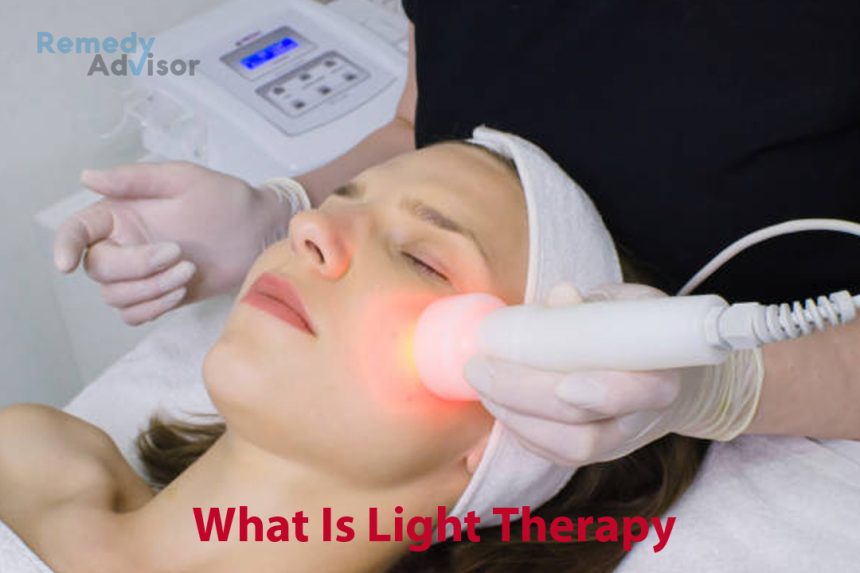Touted as a quick fix for everything from insomnia to low sex drive, melatonin has fast become one of the biggest-selling nutritional supplements in US history.
For some individuals, however, the problem is not having too little melatonin but too much. As a result, many people may be “overdosing” on this hormone.
Melatonin and daylight
Melatonin is a natural hormone produced by the pineal gland, a pea-sized gland located at the center of the brain.
Melatonin synthesis is governed by circadian rhythms the daily cycles of light and darkness to which each of us is exposed.
During exposure to sunshine or another bright light, the pineal gland stops making melatonin. That makes you alert. In dim light or darkness in the evening, melatonin production soars. That’s why we tend to get sleepy at night.
Problem: For many individuals, this melatonin production cycle has been disrupted. That’s because so much of our time is spent indoors, under artificial light.
Disturbed rhythms
If you’re not exposed to enough bright light each day, circadian rhythms may fall out of whack. This phenomenon is called circadian rhythm de-synchronization.
Circadian de-synchronization can also be caused by taking melatonin supplements by jet lag or by working odd hours.
Heart disease is twice as prevalent among night-shift workers as among those who work a normal nine-to-five shift.
In addition to heart disease, circadian disruption has been linked to…
- Insomnia and other sleep disturbances.
- Gastrointestinal problems.
- Persistent drowsiness or fatigue.
- Poor job performance.
- Menstrual irregularities.
Light deprivation is also associated with a serious form of depression called seasonal affective disorder (SAD).
Psychiatrists now believe that SAD affects 10 million Americans (particularly during fall and winter, when time spent outdoors is at a minimum). Another 25 million are thought to have a milder, “sub-syndromal” version of SAD called SSAD.
There have been hints that light deprivation may also be a factor in other disorders. Breast cancer, for instance, is far less prevalent near the equator where the sun is brightest than it is farther north or south. And breast cancer rates in the northern US are up to twice as high as rates in the South.
The modern lifestyle
Humans evolved to spend a great deal of time outdoors and that meant lots of exposure to sunlight.
The electric light changed all that. Now our bodies are exposed mostly to artificial light and most artificial light is far too dim to induce the pineal gland to stop making melatonin.
To stop making melatonin, the body needs about 2,500 lux (10 lux roughly equals the light shed by one candle). Outside on a sunny day, light can reach 100,000 lux. By contrast, indoor lighting ranges from only 100 to 800 lux.
Implication: You may be working all day in light that’s bright enough to see by yet still be in “biological darkness” as far as your pineal gland is concerned.
The natural solution
Should you be worried about light deprivation? If you feel healthy, probably not. But if you are experiencing mood changes, fatigue, insomnia or daytime drowsiness, light deprivation might be an issue.
Simple solution: Get more natural sunlight. I urge my patients to take a 30-minute stroll outdoors each morning before work. Walking at lunch is good, too.
While indoors during the day, try to sit near a window in a well-lighted room.
Bright light treatment
Light deprivation can also be remedied with daily exposure to special artificial light (brighter than typical indoor lighting).
Typically, the minimum of 30 minutes up to two hours a day of “light therapy” will counteract light deprivation.
Especially beneficial: Exposure to bright light early in the morning, during the transition from sleeping to waking.
Various artificial light sources are now available. At present, most use white light although other colors are under study.
- Light boxes consist of an array of fluorescent bulbs that collectively give off about 2,500 lux. The individual sits in front of the panel, about three feet away.
- Work stations are units angled overhead and placed closer to the eyes than a light box. They produce about 10,000 lux. They are comparable to light boxes in terms of effectiveness.
- Light visors are worn like a hat, with light shining onto the face. These devices permit mobility during light therapy.
- Dawn simulators slowly increase the light in your bedroom as you wake up. Several studies have shown this approach to be effective in relieving SAD.







